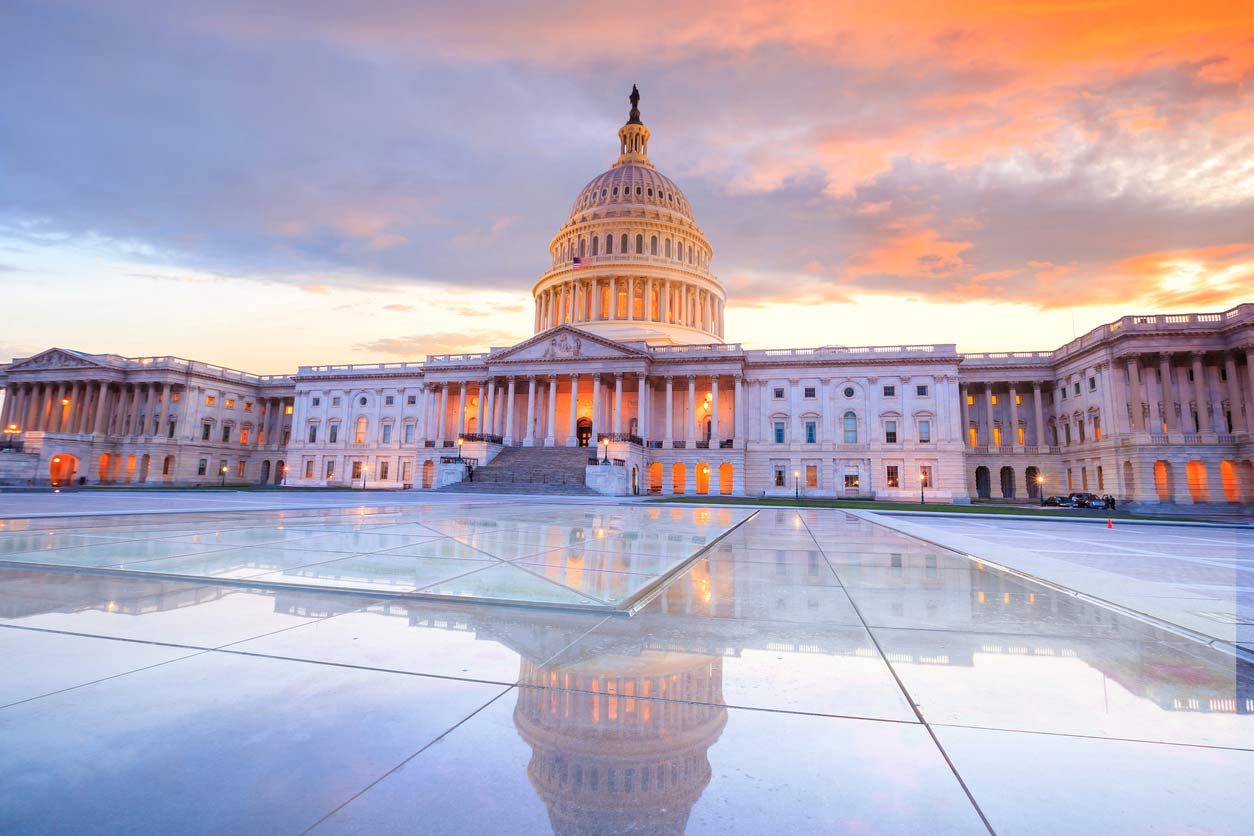

When it comes to education issues, most Americans turn to the federal government to lead initiatives that enhance learning environments. Yet, most education laws and initiatives originate at the state level. The United States Constitution includes the 10th Amendment, which places the onus of developing education policies on state governments. Each public school district that operates within the United States is financed and managed by people that live in the school district. School districts located in high income areas typically have better resources to help children learn. It is the state’s job to close the gap between the rich and poor school districts by offering numerous financial incentives.
Because of state control of American public education, the quality of education, as well as the type of curriculum taught varies from state to state. The federal government, through the Department of Education tries to reduce the disparities found in state run public education programs.
You hear a lot about programs such as Common Core and No Child Left Behind, but the high-profile education programs are more like the carrot in the classic carrot and stick approach of encouraging states to follow federal education policies. The federal government dispenses with education funds to states that comply with federally issued education guidelines.
The carrot represents cash and the stick is the politicians that hold the purse strings.
In fact, the United States government did not enter into the education arena until the 1960s, when politicians tied education to civil rights issues. President Johnson’s education initiatives implemented by his Great Society agenda prompted more involvement from federal policymakers.
Here what some federal education laws cover:
Education does not represent a constitutional right. The constitutional rights granted to students and teachers are clearly defined within the Bill of Rights. Anti-discrimination language presented in the 14th protects students against discrimination because of race, gender, religion, or disability.
The federal government has passed laws such as the Every Student Succeeds Act (ESSA), which allocates money to disadvantaged groups, such as students that suffer disabilities. In addition, the federal government plays an important role in administering the National Assessment of Educational Progress (NEAP), which is also referred to as the Nation’s Report Card.
Although the federal government sets some of the education standards for the country, states have the primary responsibility for managing and operating public school systems. States have the most power when it comes to establishing teaching methods and choosing the type of curriculum used to teach students at every educational level. This means each state implements a different education program that directly influences the quality of education children receive. Many state constitutions include language that empowers school officials to select textbooks and other education materials.
Some state legislatures in each of the 50 states have created a mandatory requirement that students must graduate. However, school districts can offer additional courses and activities developed within an education program that go far beyond what a state demands. States that delegate much of their legal authority on education issues typically create a model curriculum plan that allows local educators to fill in the blanks.
The complicated labyrinth of local, state, and federal education laws makes it difficult for many parents to decide if the education their children receive is the best possible education promoted under education laws. If you need answers to your legal questions, contact a licensed local attorney who specializes in education law.